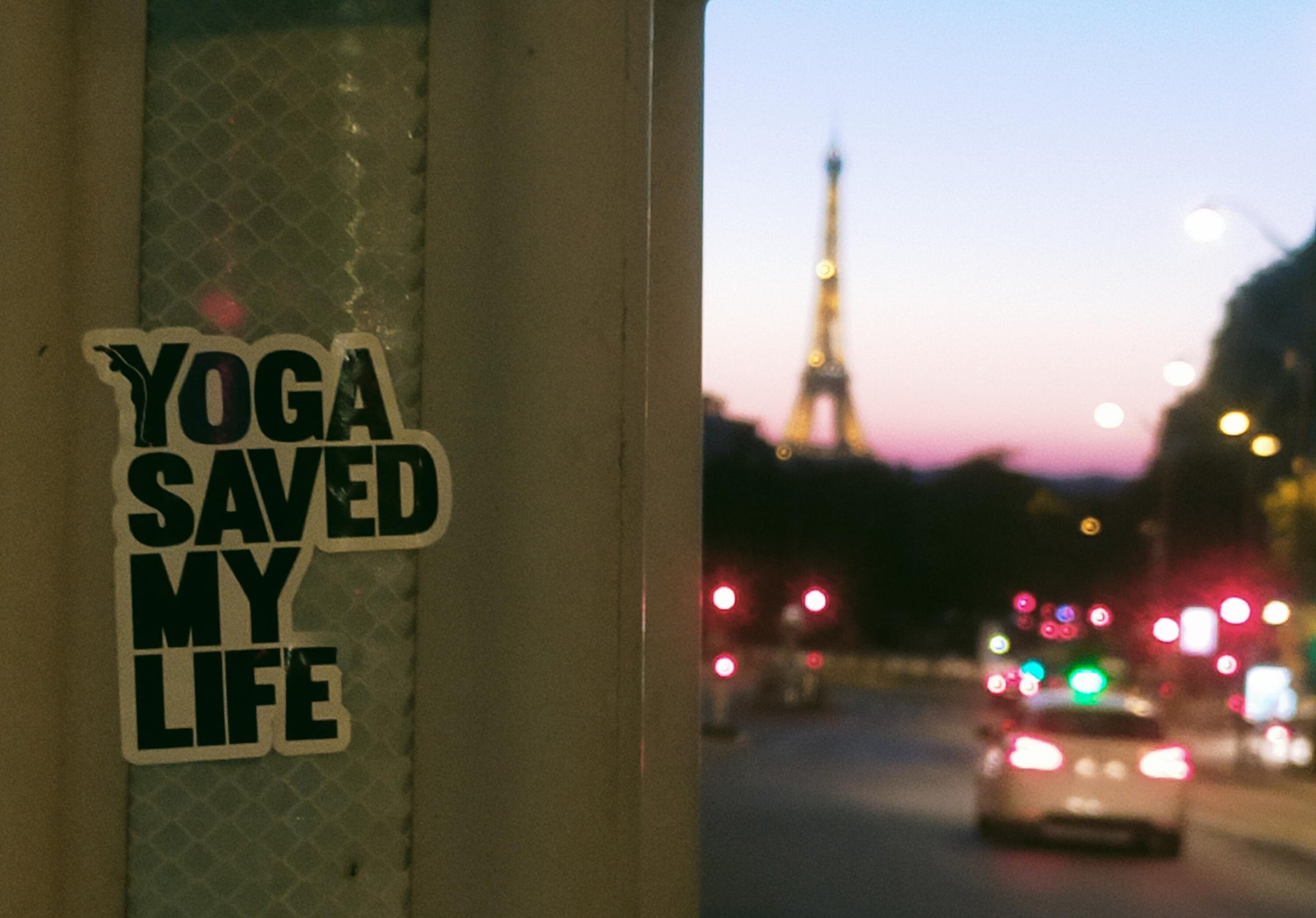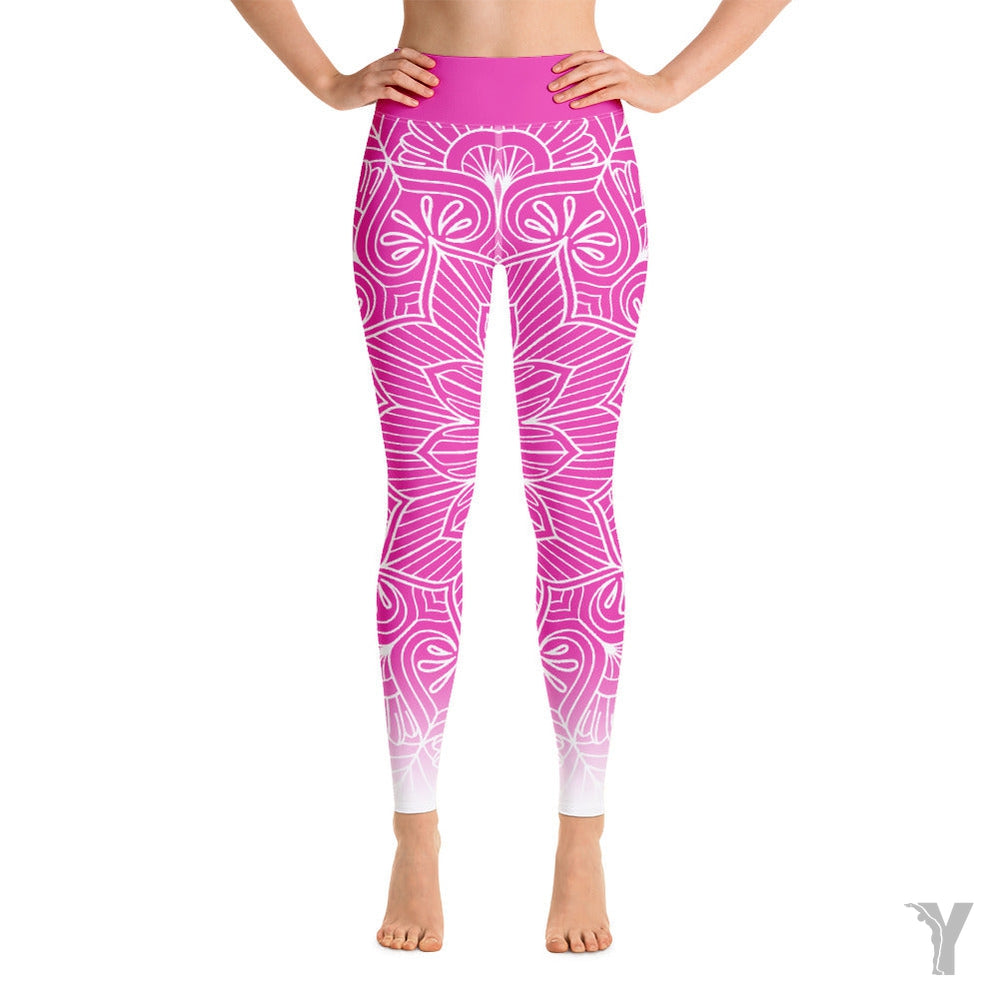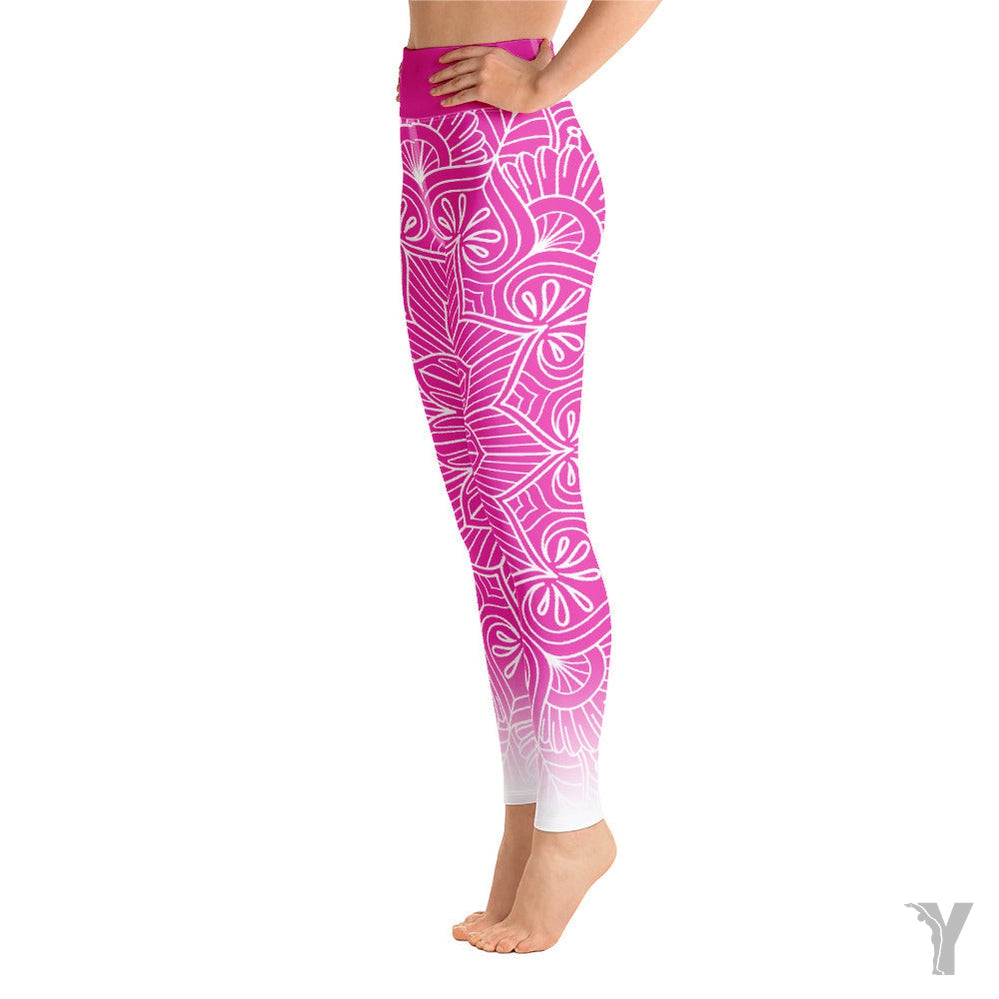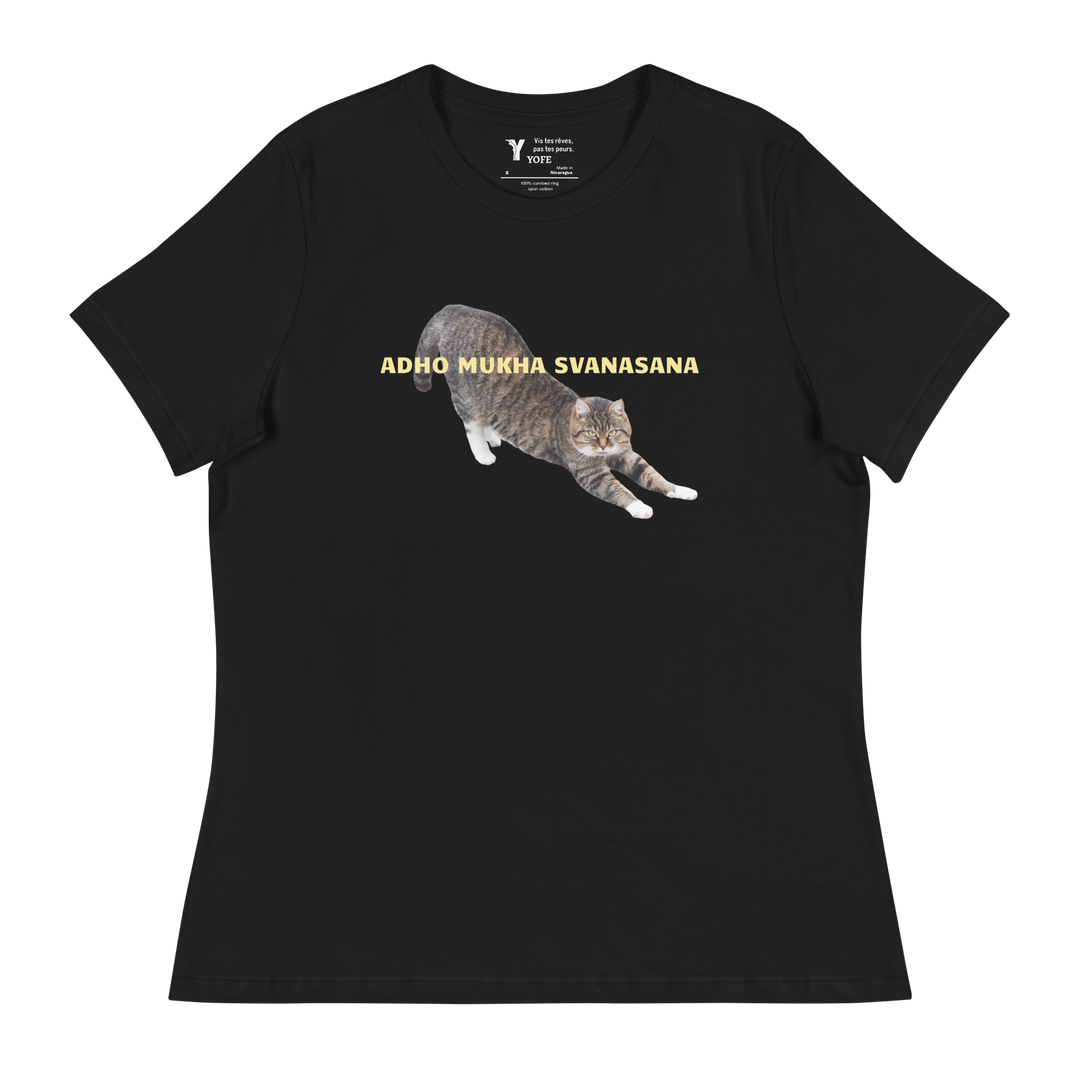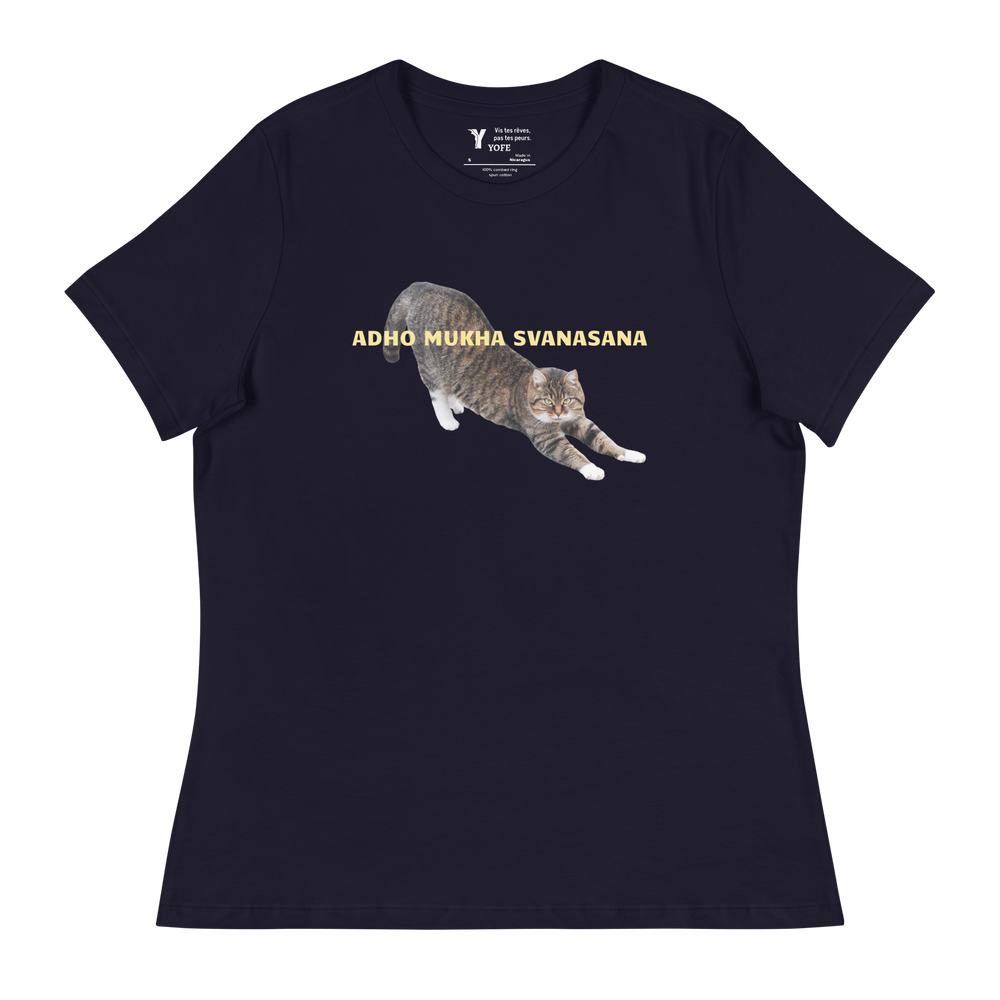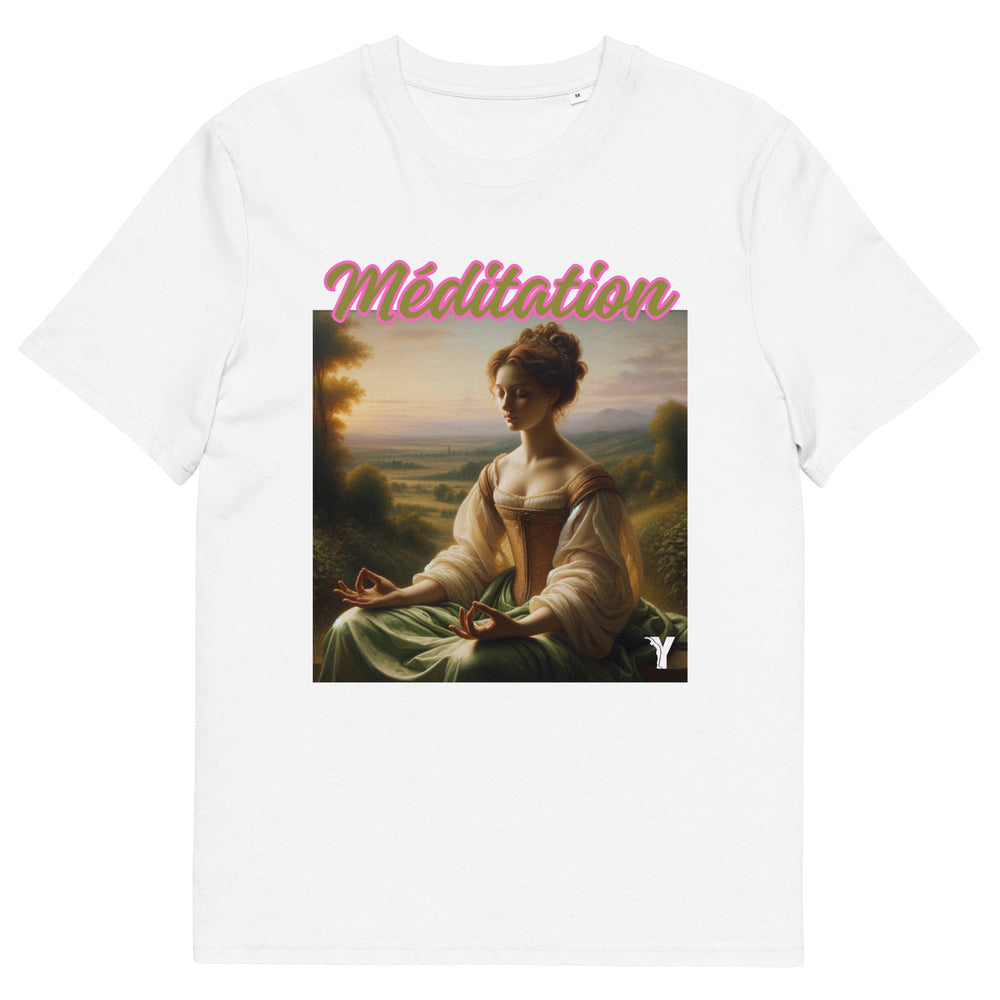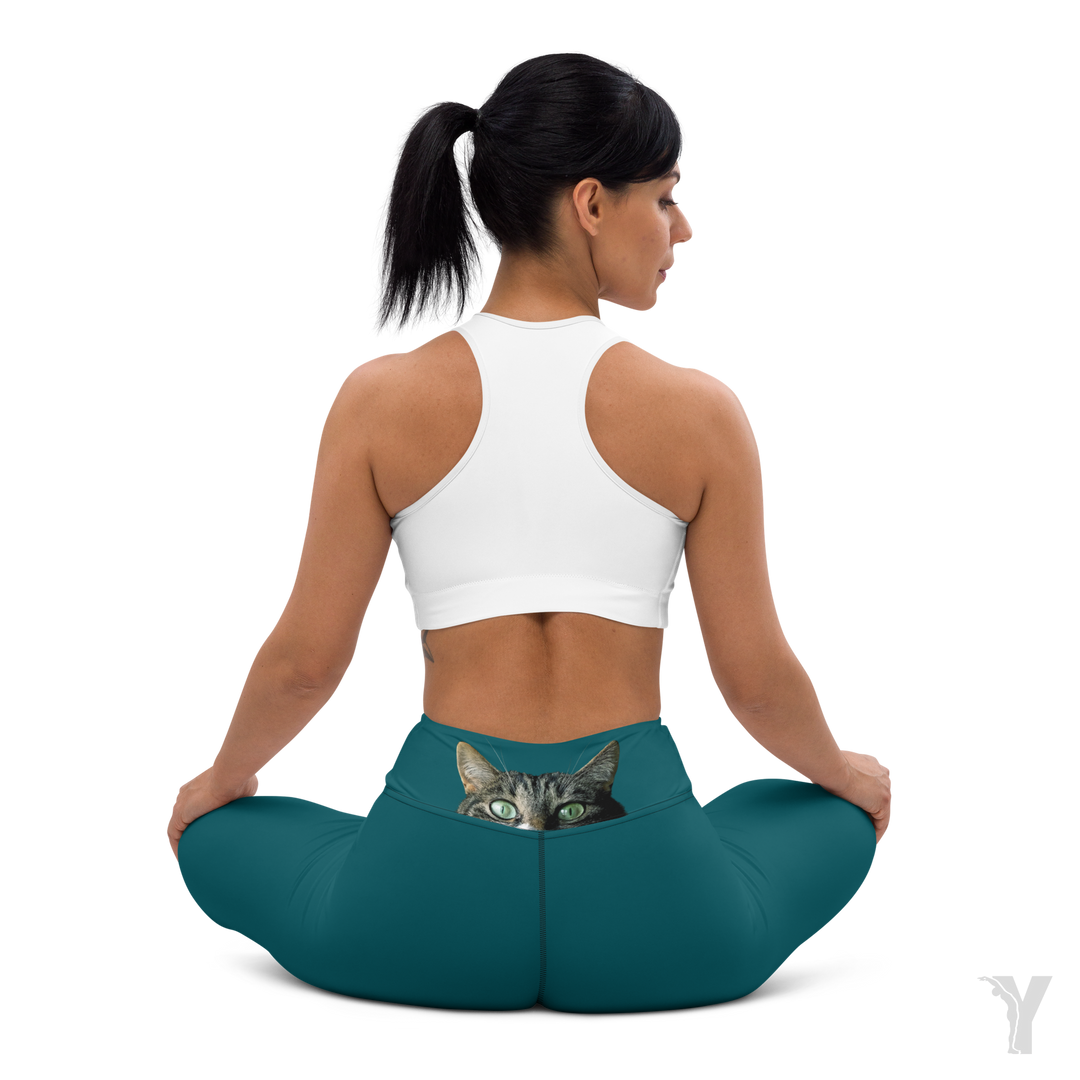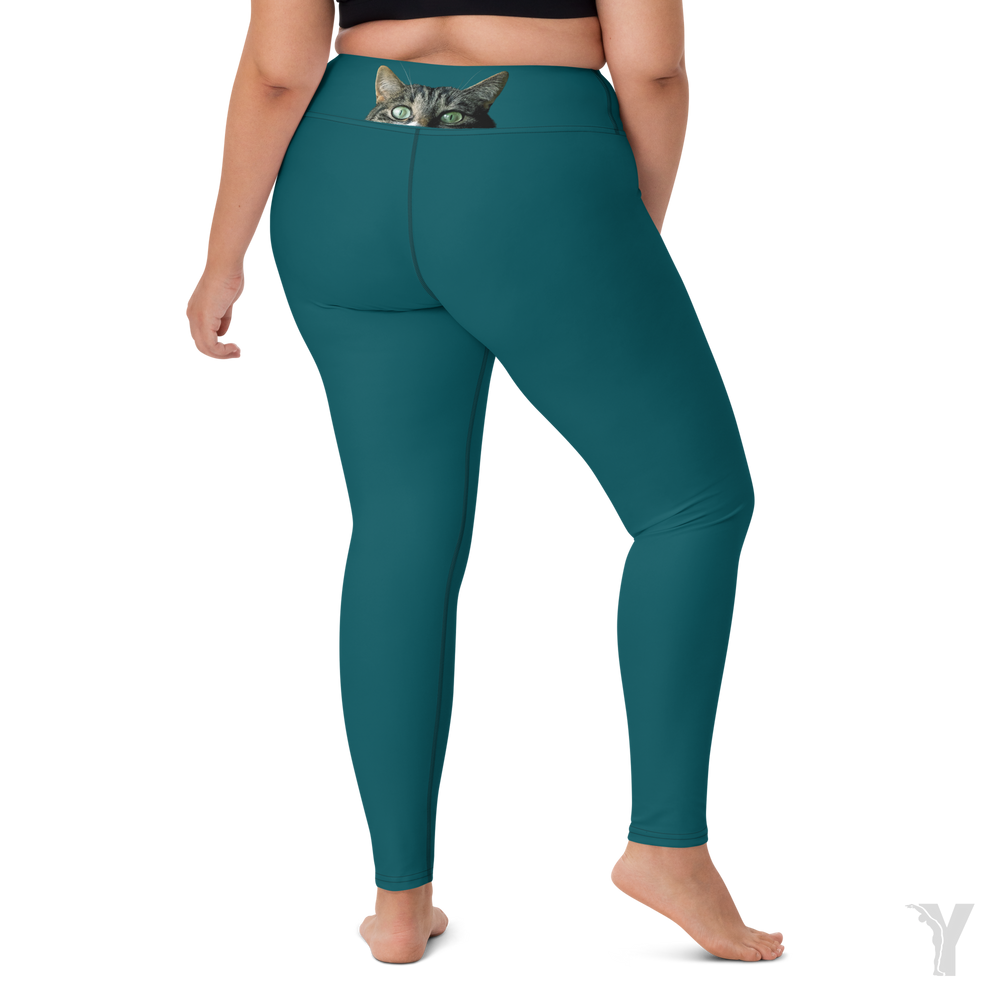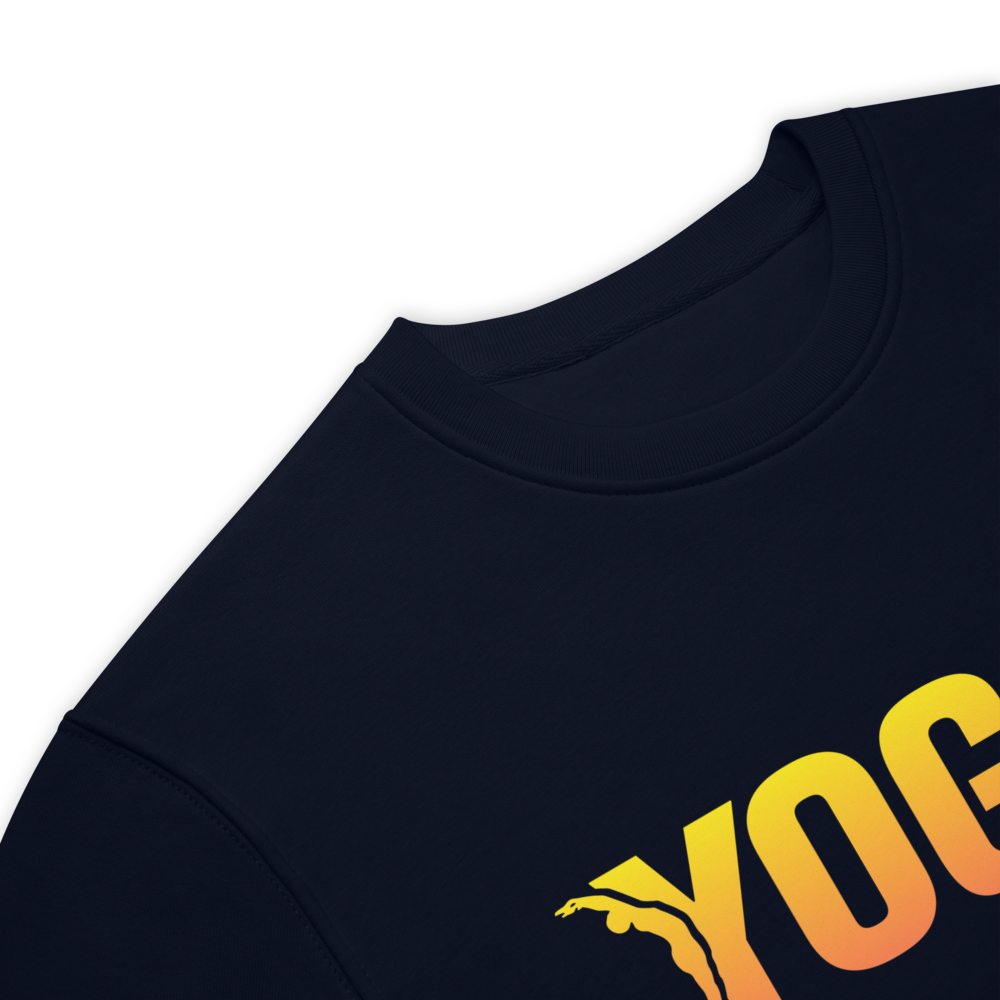Triangle Pose in Yoga: Utthita Trikonasana, a Journey to Balance
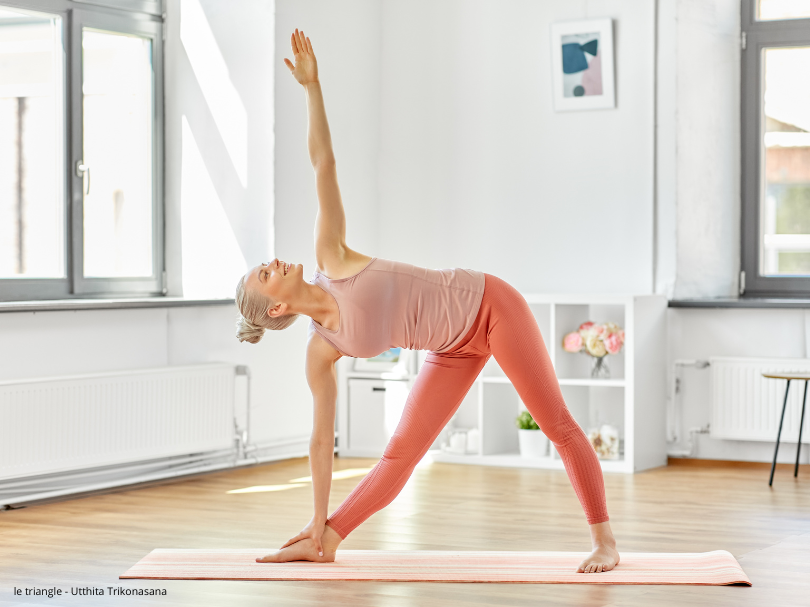
Yoga is much more than just a physical practice: it is a discipline that unites the body , mind , and soul . Among the many postures that make up yoga, some stand out for their ability to harmonize these three aspects of our being. This is the case of the triangle posture, or Utthita Trikonasana , an iconic position that combines strength, flexibility, and concentration. In this article, we will dive deep into this posture to understand its importance, its benefits, and how to master it in a daily practice.
What is Triangle Pose (Utthita Trikonasana)?
Triangle pose gets its name from the Sanskrit word Trikona , meaning "triangle." The term Utthita means "extended" or "reclined," describing the extension of the limbs and spine in this pose. Together, Utthita Trikonasana refers to the extended triangle pose, where the body forms straight lines that create a triangle shape.
The triangle also symbolizes stability, balance, and a strong foundation in many spiritual traditions. In yoga, this pose embodies these qualities while opening the body to deep stretches and strengthening stabilizing muscles. Although it may seem simple on the surface, Utthita Trikonasana requires careful attention to body alignment to reap its full benefits.
Benefits of Triangle Pose (Utthita Trikonasana)
Utthita Trikonasana is a versatile pose that offers benefits on multiple levels. Whether you are a beginner or an advanced practitioner, you can incorporate this pose into your routine to improve your physical, mental, and energetic health.
1. Physical benefits
- Improved Flexibility : Utthita Trikonasana is particularly effective for stretching the hamstrings, hips, and spine. By tilting your torso while keeping your hips open, you engage the muscles in your legs, hips, and back. With regular practice, this pose can increase flexibility in the back and side muscles of your body, while improving mobility in your hips and shoulders.
- Muscle Strengthening : In addition to stretching the muscles, the extended triangle pose also engages the quadriceps, abdominal muscles, and back muscles. Maintaining this position requires strength to stabilize the legs and core, which tones the muscles in the legs and lower back.
- Improved Posture : By encouraging proper body alignment, Utthita Trikonasana helps correct posture. People who spend long hours sitting or hunching over can benefit from this stretch, which counteracts the effects of poor posture.
- Stimulation of internal organs : Stretching the torso in this posture helps stimulate the digestive organs, thus improving digestion and promoting better blood circulation in this region.
2. Mental benefits
- Concentration and Mental Clarity : Due to the balance required in this pose, Utthita Trikonasana helps improve concentration. Maintaining balance while breathing deeply helps calm the mind and develop mental clarity.
- Stress Reduction : Like many yoga poses, Extended Triangle Pose helps release tension built up in the body, especially in the shoulders and neck. This physical release carries over to the mind, helping to reduce stress and anxiety.
3. Energy benefits
- Energy Flow : By opening the chest and stretching the sides of the body, Utthita Trikonasana allows for better circulation of energy, or prana , throughout the body. This pose activates the energy channels in the torso, facilitating the flow of energy from the lower body to the upper body.
- Chakra Balancing : According to yogic tradition, Utthita Trikonasana helps balance several chakras, including the root chakra (Muladhara) and the solar plexus chakra (Manipura), which are associated with stability and self-confidence.
How to do Triangle Pose (Utthita Trikonasana)
Extended Triangle Pose may seem simple at first glance, but it requires careful attention to alignment to maximize its benefits. Here's a step-by-step guide to performing Utthita Trikonasana correctly.
Step by Step:
-
Starting position :
- Stand with your feet together and your arms at your sides.
- Take a deep breath, then spread your feet 1 to 1.5 meters apart, depending on your height and flexibility.
-
Position of the feet :
- Turn your right foot 90 degrees outward, so that your toes point forward.
- The left foot remains slightly turned inward, about 15 degrees, to maintain balance.
- Make sure the heel of your right foot is aligned with the arch of your left foot.
-
Arm placement :
- Stretch your arms out horizontally, parallel to the floor, palms facing down. Your arms should be in line with your shoulders.
-
Tilt :
- As you exhale, slowly lean to the right while maintaining hip openness. The movement should come from the hips, not the waist.
- Place your right hand on your ankle, shin, or the floor, depending on your flexibility. Make sure your torso stays open and you don't hunch forward.
-
Extension :
- Raise your left arm toward the sky, in a straight line with your right arm. Look toward your left hand if your neck allows it, otherwise keep your head in a neutral position.
-
Breathing :
- Hold the position while breathing deeply. Try to stay in this posture for 30 seconds to 1 minute.
- To come out of the pose, inhale and slowly straighten up, returning to the starting position.
Tips for beginners:
- Using props : If you have trouble reaching the floor, use a yoga block under your hand to help you maintain balance and proper alignment.
- Watch your alignment : Focus on opening your hips and avoid letting your torso collapse forward. Imagine that your body is between two walls, which will help you stay aligned.
Common mistakes to avoid:
- Hip Closure : Don't let your top hip rotate forward; keep both hips wide open.
- Rounding your back : Avoid bending over by rounding your back. Keep your spine long and straight.
- Force the stretch : Don't try to reach the ground at all costs, at the risk of compromising alignment. The goal is to maintain good alignment, even if it means placing your hand on your shin or on a block.
Variations of Triangle Pose (Utthita Trikonasana)
As with many yoga postures, there are several variations of Utthita Trikonasana that can be explored depending on your level of practice and specific needs.
1. Triangle Parivritta (Reverse Triangle Pose)
The reverse triangle, or Parivritta Trikonasana , is an advanced variation that involves twisting the body. Unlike the classic pose, where the hand is placed on the same side as the front leg, in the reverse triangle, you rotate your torso to place the hand opposite the front leg on the floor or a block.
Additional Benefits:
- Improved Digestion : The twist in this pose helps massage the abdominal organs, thereby improving digestion and detoxification.
- Spine Strengthening : This pose helps to strengthen and lengthen the spine, especially in the lumbar region.
2. Triangle with accessories
Using props, such as yoga blocks or straps, can make Utthita Trikonasana more accessible for beginners or practitioners with physical limitations.
- Yoga Block : Place a block inside your front foot to rest your hand on if you can't reach the floor while maintaining good alignment.
- Yoga Strap : A strap can be used to enhance the hamstring stretch by placing it around the front foot, which helps maintain posture without compromising alignment.
Precautions and Contraindications
Although Utthita Trikonasana is generally safe for most practitioners, there are some precautions you should take, especially if you have any specific injuries or medical conditions.
1. Back or hip problems
- If you suffer from chronic lower back pain or a hip injury, be careful when practicing Utthita Trikonasana . It is best to start with props to support the body and avoid excessive strain on the spine or hips.
2. High blood pressure
- People with high blood pressure should avoid turning their head upwards in this posture. It is recommended to keep the head in a neutral position to avoid excessive pressure.
3. Neck problems
- If you have neck pain, avoid turning your head to look up. Instead, keep your head in line with your torso, looking straight ahead.
4. Pregnancy
- Utthita Trikonasana can be practiced during pregnancy, but it is important to pay attention to balance and use props to support the body, especially as the pregnancy progresses.
Conclusion
Extended Triangle Pose, or Utthita Trikonasana , is more than just a stretch: it’s an invitation to balance, inner strength, and mental and physical flexibility . By incorporating this pose into your daily practice, you can gradually improve your posture, strengthen your body, and calm your mind.
This iconic yoga pose reminds you of the importance of alignment in all aspects of life. Whether on or off the mat, Utthita Trikonasana helps you find the perfect balance between strength and flexibility, between focus and letting go.
So, next time you roll out your yoga mat, don't hesitate to include Utthita Trikonasana in your practice. Remember that the key to this pose is consistency, patience, and listening to your body. Practice with intention and you will discover all the benefits this pose can bring you.


